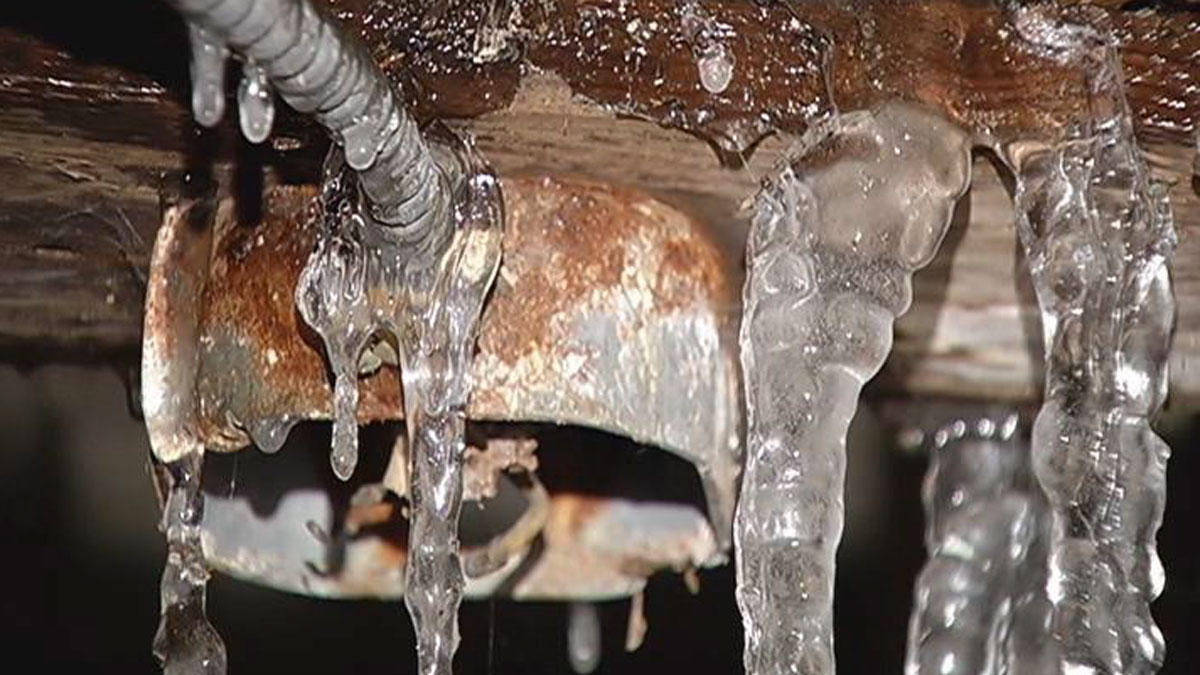Ways to Defend Your Pipes from Cold Weather: Expert Advice
Ways to Defend Your Pipes from Cold Weather: Expert Advice
Blog Article
Nearly everybody has their private way of thinking on the subject of How To Avoid Freezing Pipes.

Cold weather can wreak havoc on your plumbing, especially by freezing pipelines. Below's just how to prevent it from happening and what to do if it does.
Introduction
As temperatures drop, the threat of icy pipes increases, potentially bring about pricey repair work and water damage. Comprehending exactly how to avoid icy pipes is critical for property owners in cold climates.
Avoidance Tips
Shielding vulnerable pipelines
Wrap pipelines in insulation sleeves or use heat tape to protect them from freezing temperature levels. Concentrate on pipelines in unheated or outside locations of the home.
Home heating techniques
Keep interior areas adequately heated, specifically locations with pipes. Open cabinet doors to permit cozy air to flow around pipes under sinks.
Just how to determine icy pipes
Seek decreased water flow from taps, unusual odors or noises from pipelines, and visible frost on subjected pipelines.
Long-Term Solutions
Structural modifications
Take into consideration rerouting pipes away from outside wall surfaces or unheated locations. Include added insulation to attic rooms, cellars, and crawl spaces.
Upgrading insulation
Invest in premium insulation for pipelines, attic rooms, and wall surfaces. Correct insulation assists keep constant temperature levels and reduces the threat of frozen pipelines.
Safeguarding Outside Pipes
Garden tubes and outside taps
Separate and drain yard tubes before winter. Set up frost-proof spigots or cover exterior faucets with protected caps.
Understanding Icy Pipelines
What triggers pipelines to ice up?
Pipes freeze when revealed to temperature levels below 32 ° F (0 ° C) for prolonged durations. As water inside the pipelines ices up, it expands, putting pressure on the pipeline wall surfaces and possibly creating them to rupture.
Threats and problems
Icy pipelines can lead to water system interruptions, residential or commercial property damage, and expensive repair work. Burst pipelines can flooding homes and trigger substantial structural damage.
Signs of Frozen Pipes
Recognizing icy pipes early can avoid them from rupturing.
What to Do If Your Pipes Freeze
Immediate actions to take
If you believe frozen pipes, maintain faucets open up to ease pressure as the ice thaws. Use a hairdryer or towels soaked in warm water to thaw pipes gradually.
Final thought
Protecting against frozen pipelines needs proactive procedures and fast reactions. By comprehending the causes, signs, and preventive measures, house owners can shield their plumbing during cold weather.
5 Ways to Prevent Frozen Pipes
Drain Outdoor Faucets and Disconnect Hoses
First, close the shut-off valve that controls the flow of water in the pipe to your outdoor faucet. Then, head outside to disconnect and drain your hose and open the outdoor faucet to allow the water to completely drain out of the line. Turn off the faucet when done. Finally, head back to the shut-off valve and drain the remaining water inside the pipe into a bucket or container. Additionally, if you have a home irrigation system, you should consider hiring an expert to clear the system of water each year.
Insulate Pipes
One of the best and most cost-effective methods for preventing frozen water pipes is to wrap your pipes with insulation. This is especially important for areas in your home that aren’t exposed to heat, such as an attic. We suggest using foam sleeves, which can typically be found at your local hardware store.
Keep Heat Running at 65
Your pipes are located inside your walls, and the temperature there is much colder than the rest of the house. To prevent your pipes from freezing, The Insurance Information Institute suggests that you keep your home heated to at least 65 degrees, even when traveling. You may want to invest in smart devices that can keep an eye on the temperature in your home while you’re away.
Leave Water Dripping
Moving water — even a small trickle — can prevent ice from forming inside your pipes. When freezing temps are imminent, start a drip of water from all faucets that serve exposed pipes. Leaving a few faucets running will also help relieve pressure inside the pipes and help prevent a rupture if the water inside freezes.
Open Cupboard Doors
Warm your kitchen and bathroom pipes by opening cupboards and vanities. You should also leave your interior doors ajar to help warm air circulate evenly throughout your home.

I hope you enjoyed our article on How To Avoid Freezing Pipes. Thanks for spending some time to read our posting. Remember to pause to share this blog post if you enjoyed it. We recognize the value of reading our article about Prevent Frozen Pipes .
Phone Report this page